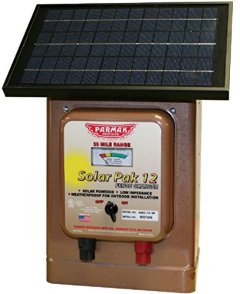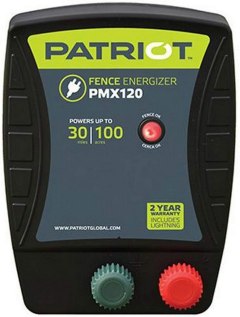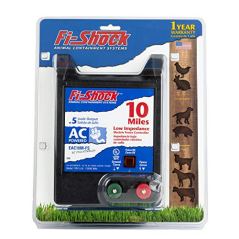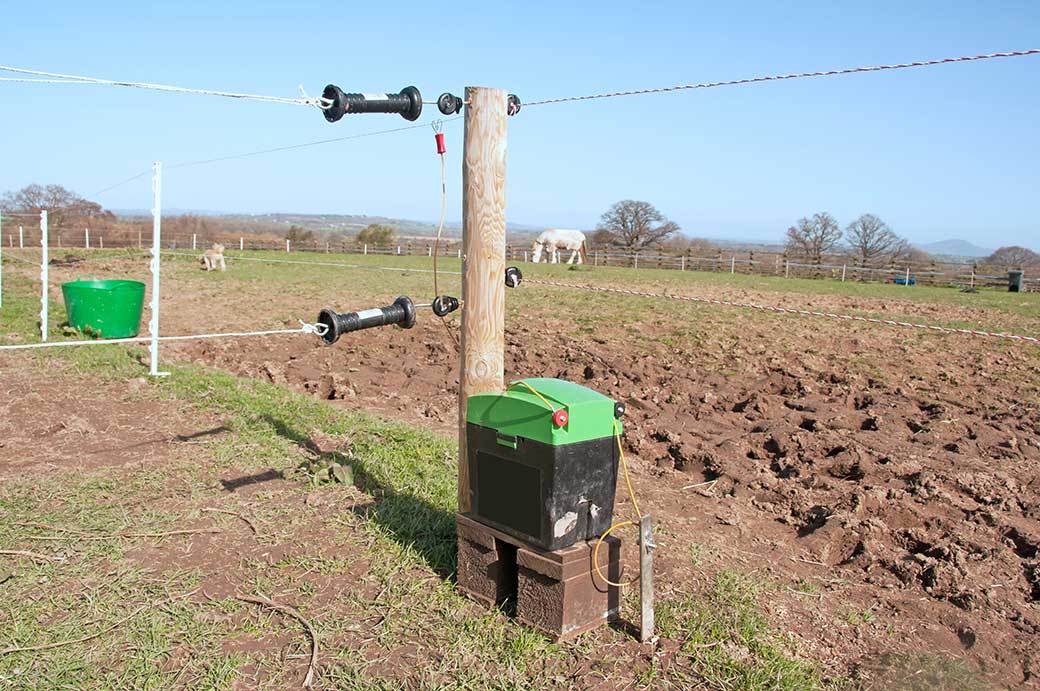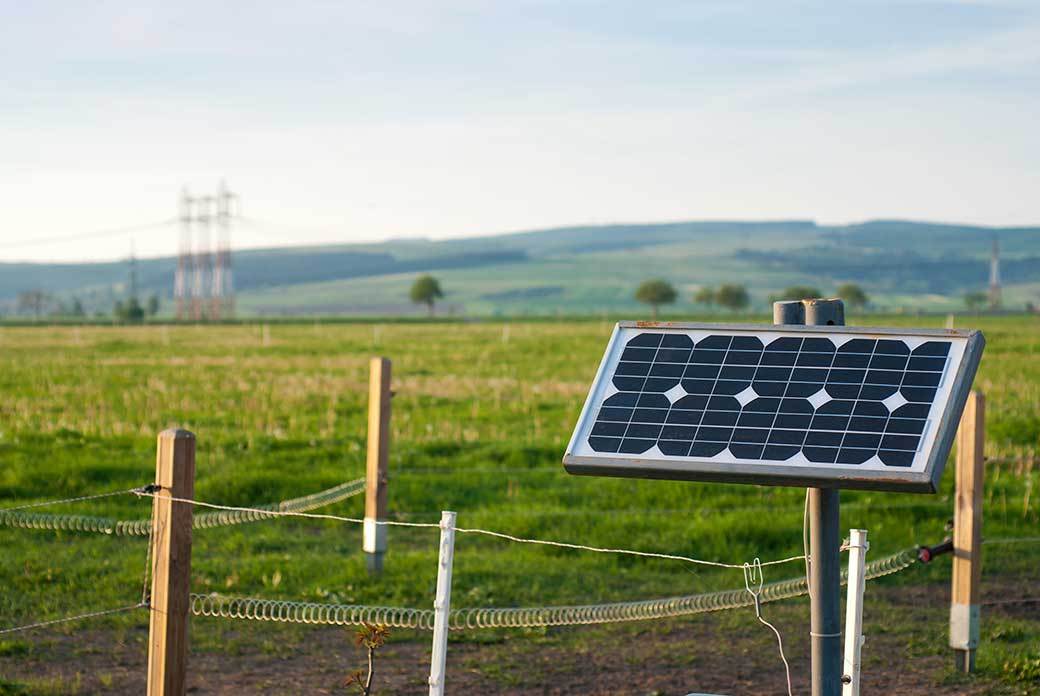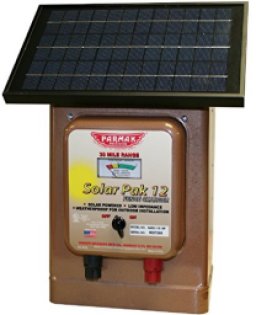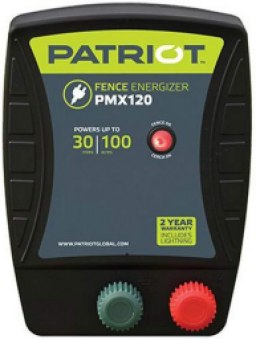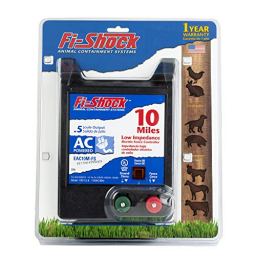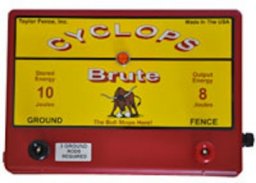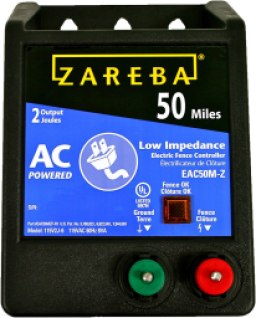Buying guide for Best electric fence chargers
Whether you’re trying to keep animals in or out of an area, you’re going to need some form of fence. You could go with barbed wire, but electric fencing is both cheaper and safer for the animals. And with an electric fence, you’re going to need an electric fence charger.
An electric fence charger, also called a fencer or energizer, is the heart of an electric fence system. A charger provides the current necessary for the fence to work. There are a number of issues to consider when mapping out your fencing strategy, and choosing the right charger is one of the biggest. How a charger receives its power is an important factor, but so are issues such as how much fence it can handle and how easy it is to use.
This guide can help you determine what kind of electric fence charger is right for your particular situation. We also highlight some of the leading electric fence chargers currently available to help you with your decision.
Key considerations
Power source
When considering what form of power system your charger should use, you have three options to choose from: alternating current (AC), direct current (DC), and solar.
AC: If you have access to the power grid, AC is the way to go. This type of charger is popular due to its reliability and overall ease of use.
DC: Battery-powered chargers are a great solution for remote areas that you can’t run AC power to. These chargers vary considerably in the size of battery they use, with D-cell, 4-volt, 6-volt, and 12-volt batteries being popular options. If you run a battery-powered charger, you will need to keep a closer eye on the fence to verify that the battery has a charge and is powering the fence. Note that if you don’t use a rechargeable battery, you’ll have the ongoing expense of replacing batteries.
Solar: Another battery-powered charging option, solar uses a solar panel to keep the battery charged, which in turn powers the fence. This is the ultimate solution for remote fencing situations. The rechargeable battery needed to run it lasts around three years before it needs replacing.
Length of fence
Before buying an electric fence charger, figure out the length of the fencing that you will be running and concentrate on chargers that can handle that length. If your fence will be composed of multiple strands, you’re going to need to take this into account. For an accurate mileage number, multiply the total miles of the fence by the number of strands you’ll be using. This leaves you with the number of electrified miles that your charger will need to cover.
Animals
The animals you’re trying to keep in or out of an area will largely determine the power of the charger you need. Larger animals, aggressive animals like bulls, and animals with thick hide or hooves all require a more powerful charger if the fence is to be effective.
Electric fence charger features
Weather protection
While most of these chargers claim some waterproofing abilities or other protection from the elements, you still need to install your charger in a barn or construct some other form of shelter for it. While a claim of water resistance is nice, it’s not the same thing as waterproof or weatherproof.
Lightning protection is another matter. The best chargers offer some form of built-in lightning protection to help absorb electrical surges when lightning strikes either the fence or power grid.
Setup
As mentioned, you’ll need to construct some form of shelter for your charger or install it in a barn or storage shed if that is an option. If you use an AC charger, be sure you have easy access to the power grid. If you’re using an outlet, be sure the AC cord is long enough to reach it. You also need to check that all your fencing and grounding rods are in place and compatible with your charger. Carefully follow all installation instructions that ship with the charger. You don’t want to be winging it when setting up miles of electrified wire.
Current
The amount of current a charger can put out varies considerably from one model to the next. Be sure to buy one that’s strong enough to meet your needs. If you’re trying to keep predators away, plan on a charger with a minimum of 5,000 volts. For cattle, the recommendation is generally between 2,000 and 3,000 volts. There are a number of factors that can affect the current you need, including the length of the fence, the type of wire you use, and the level of vegetation surrounding your fence.
Other factors
Low-impedance: These chargers are able to maintain a higher charge even if weeds or large animals are drawing power from the fence. These chargers are able to push more power through wire than solid-state chargers, making them the perfect option for fencing that has steady contact with a sizable amount of vegetation.
Indicator lights: Some chargers ship with indicator lights, which offer a convenient way to know at a glance whether the system is up and running.
On/off switch: Some chargers have an on/off switch, while others require that you unplug the charger completely to shut the fence down. While this won’t be a huge issue for some, if the outlet that the charger plugs into is hard to access, lack of an on/off switch can quickly become annoying, particularly if you frequently power your fence on and off (for example, you only run it to protect your garden at night).
Meter: While not a standard feature, some chargers do have a built-in meter that allows you to easily monitor the power running through your fence.
Electric fence charger prices
Electric fence chargers have a fairly large range in terms of price, from less than $100 to more than $500. For medium fencing needs, $100 to $200 is about average. Spend more and you can expect more power and the ability to electrify more miles of fence. Ongoing costs, such as batteries for DC chargers, can also add to the price over time.
Tips
- Don’t worry. An electric fence won’t harm an animal, only warn it away when it wanders into it. Over time, most animals will avoid the fence on their own without ever touching it.
- Choose AC for convenience. AC-powered fence chargers offer convenience, reliability, and power, making one the ideal choice if you have access to the grid.
- Use a voltmeter. You can check the output of the fence charger by using a voltage meter anywhere along the fence. This is a great way to monitor DC chargers in particular.
- Check the wire. The kind of wire you use will also affect your charger needs. Polywire or tape has a higher resistance and as such requires a charger that can provide power over a longer distance.
- Choose a larger battery. If you’re buying a DC system, go with one that uses a larger battery because these tend to last longer as well as provide more power.
- Ground the fence properly. This allows the electricity to complete the circuit from the fence, through the animal, and back to the charger.
- Buy up. If in doubt, a higher-powered charger will work better in all conditions and offer you the possibility of expanding easily.
FAQ
Q. What should I concentrate on when searching for an electric fence charger?
A. There are four primary factors to consider when shopping for a charger:
- Length
- Number of wires in the fence
- Animals you want to keep in or out
- Power source
Q. Are AC chargers expensive to run?
A. You would think that something that constantly carries a current would run up quite a bill, but this isn’t true. Electric fence systems maintain a minimal amount of power in the wires, with the majority of small to medium systems costing pennies a month to run.
Q. Can I run more than one charger on a fence at a time?
A. Due to the pulses that these chargers produce, running two at a time can create hazardous surges that can be dangerous to both animals and the chargers. As such, manufacturers recommend that you not try to use more than one on a system.


